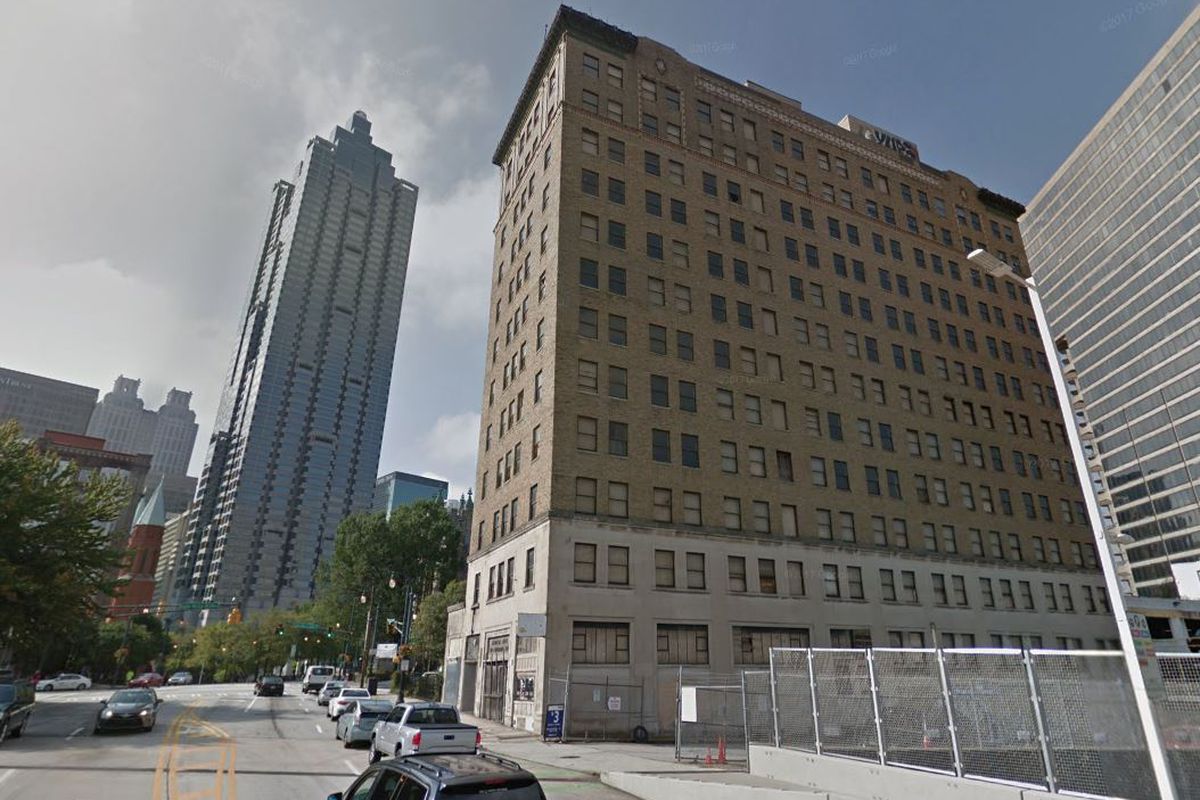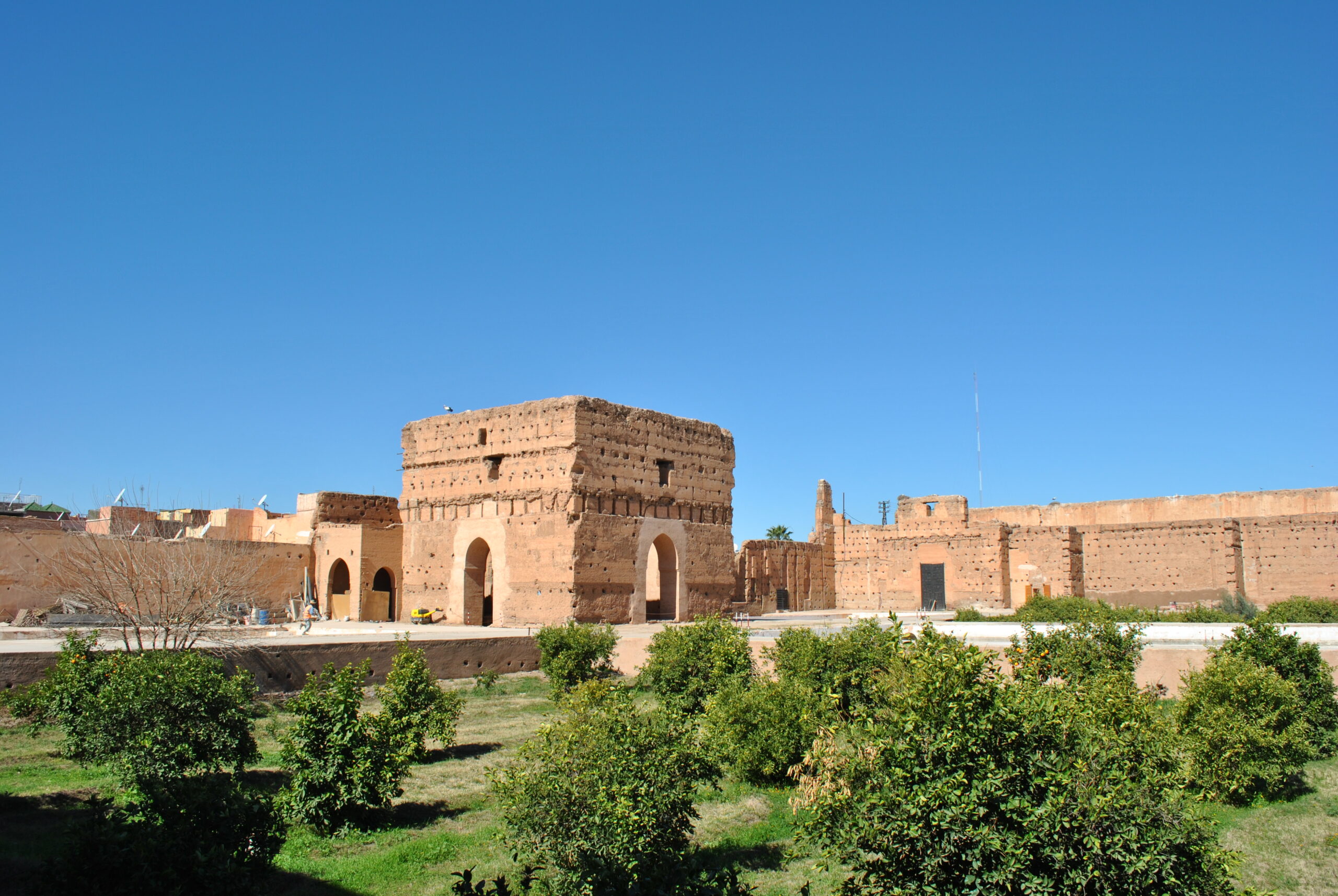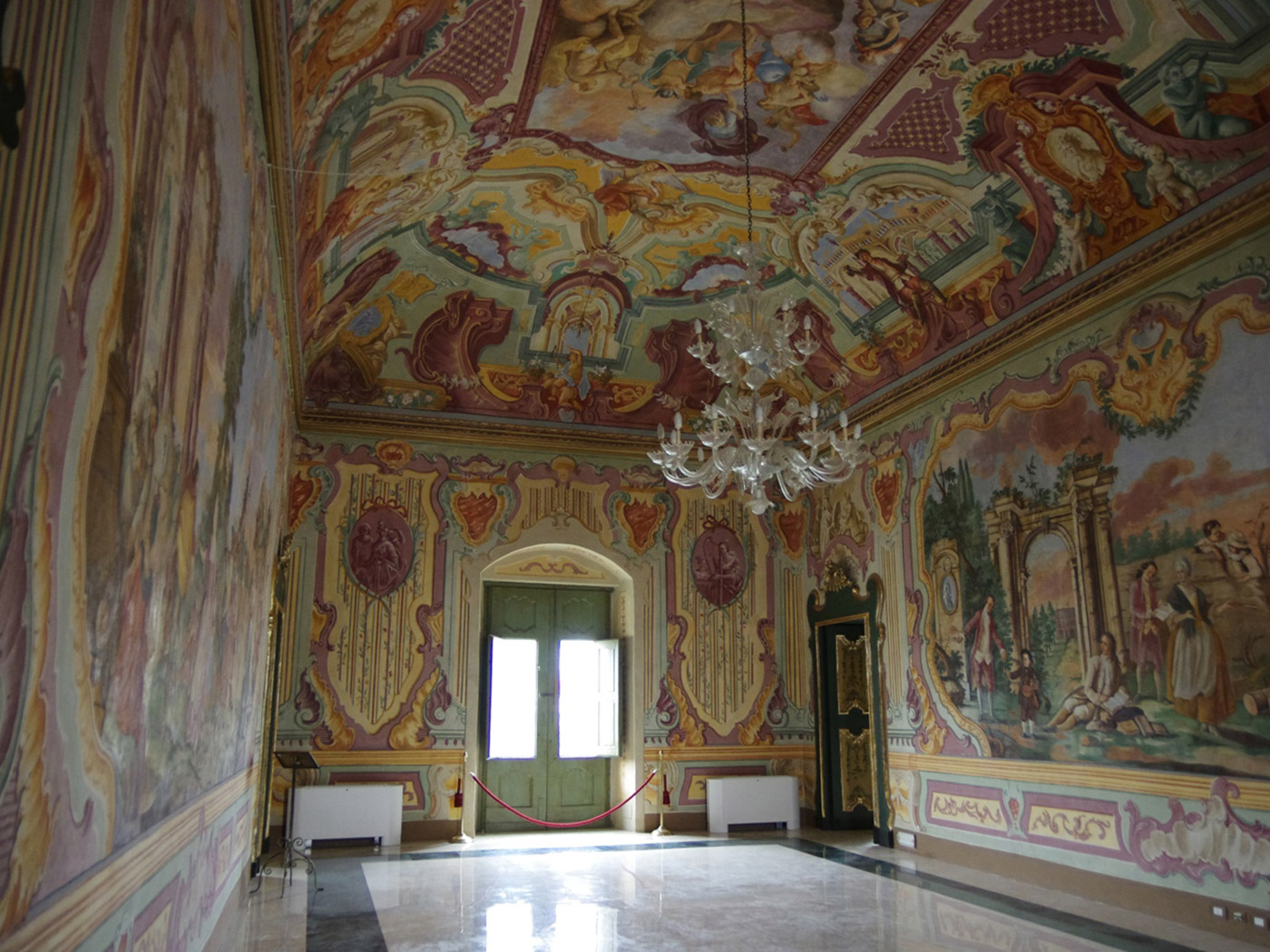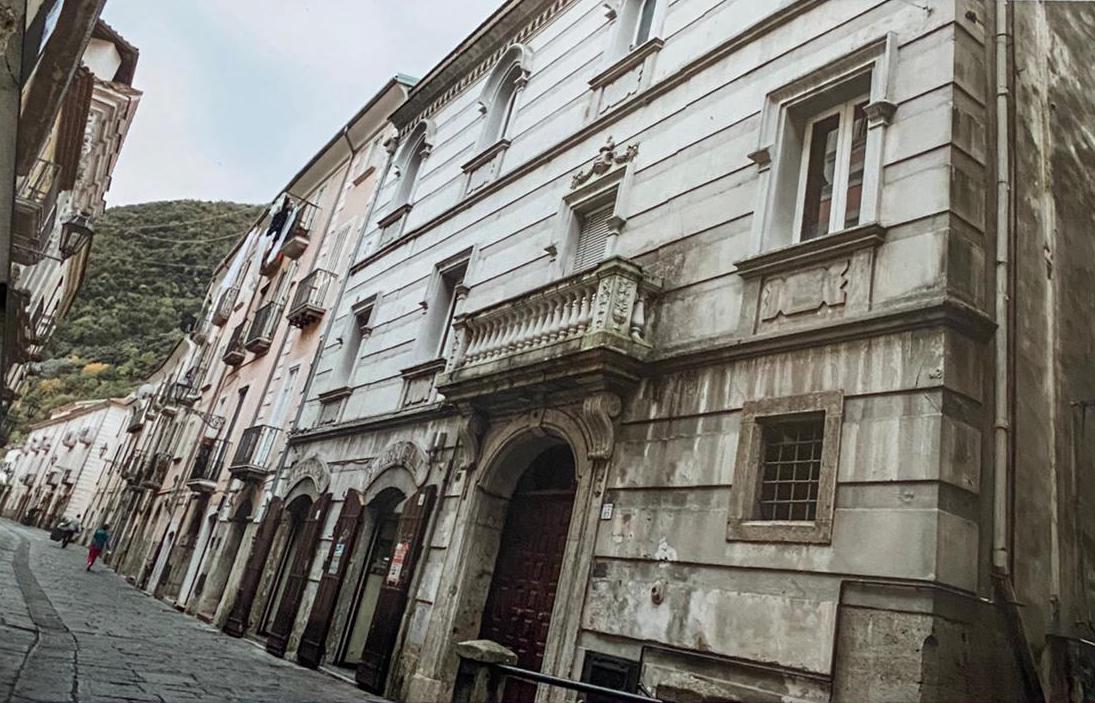This handsome example of an early American skyscraper was opened February 16, 1927. It features tan brick, a limestone base and is topped with Beaux-Arts decorative features such as limestone pilasters.
While the Imperial look and age of the building surely qualifies it for historic preservation, the Medical Arts Building’s place in Atlanta history is quite noteworthy standing alone.
It was a marvel in the medical world. The main attraction was the high-tech equipment offered by this medical facility. But the building also offered several noteworthy amenities. Attached was one of Atlanta’s first covered parking garages, while inside the building itself one could find a cafeteria, telegraph office, drugstore and the Junior League Tearoom (formally opened during a special sneak-peek ceremony on February 15, 1927) located on the mezzanine floor and operated by Junior League volunteers. It even had its own post office.
It was designed by G. Lloyd Preacher, a notable architect in the South during the early 20th century. His designs and architectural firm changed the landscape of Atlanta. Not only did he personally draft such buildings as Briarcliff Hotel and Atlanta City Hall, Preacher’s architectural firm created the designs for many Atlanta buildings and shopping centers such as Briarcliff Plaza and Plaza Theatre.With 89,000 square feet dedicated to saving lives and curing diseases, the Medical Arts Center offered the best medical equipment available along with special medical events such as children’s clinics. Volunteer organizations, such as the Junior League and Lion’s Club, were quite active. And it remained a renowned medical facility throughout the 20th century.
The Medical Arts Building is an Atlanta Landmark Building and is listed on Atlanta Preservation Center’s List of Endangered Buildings.













